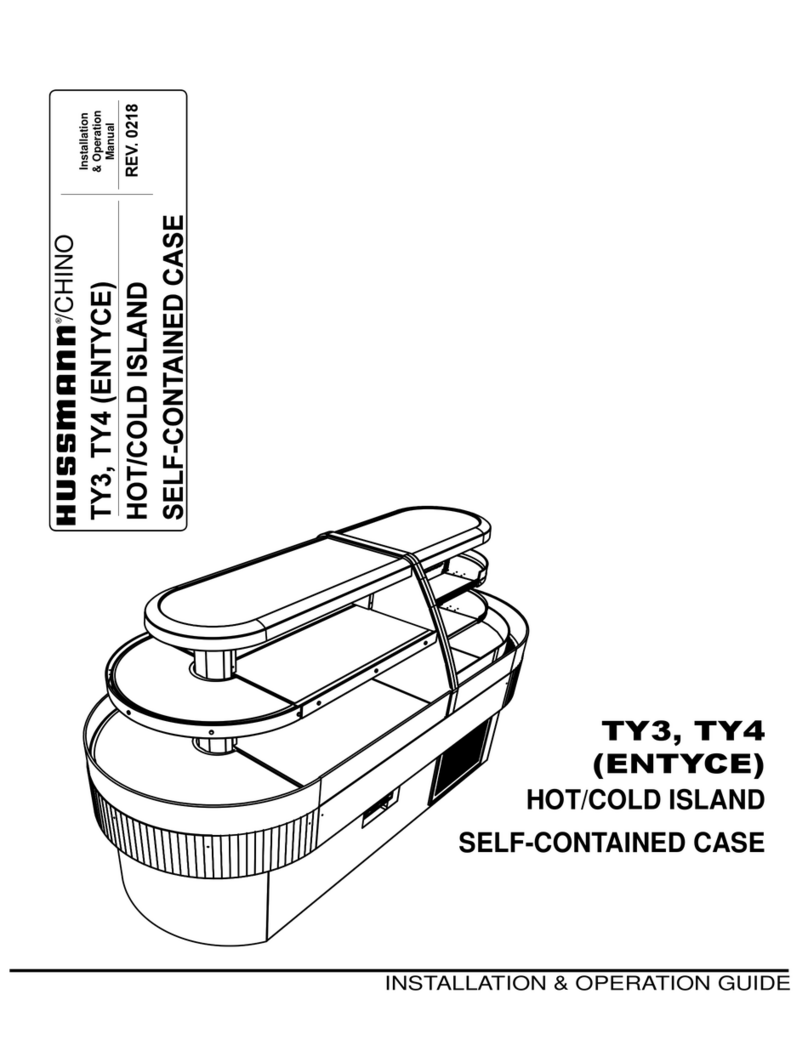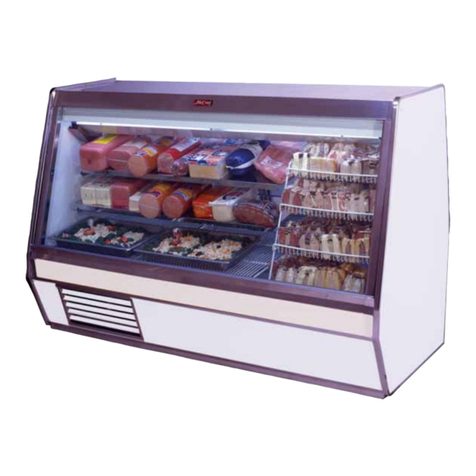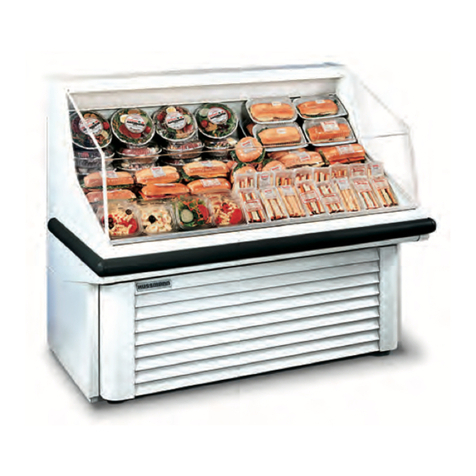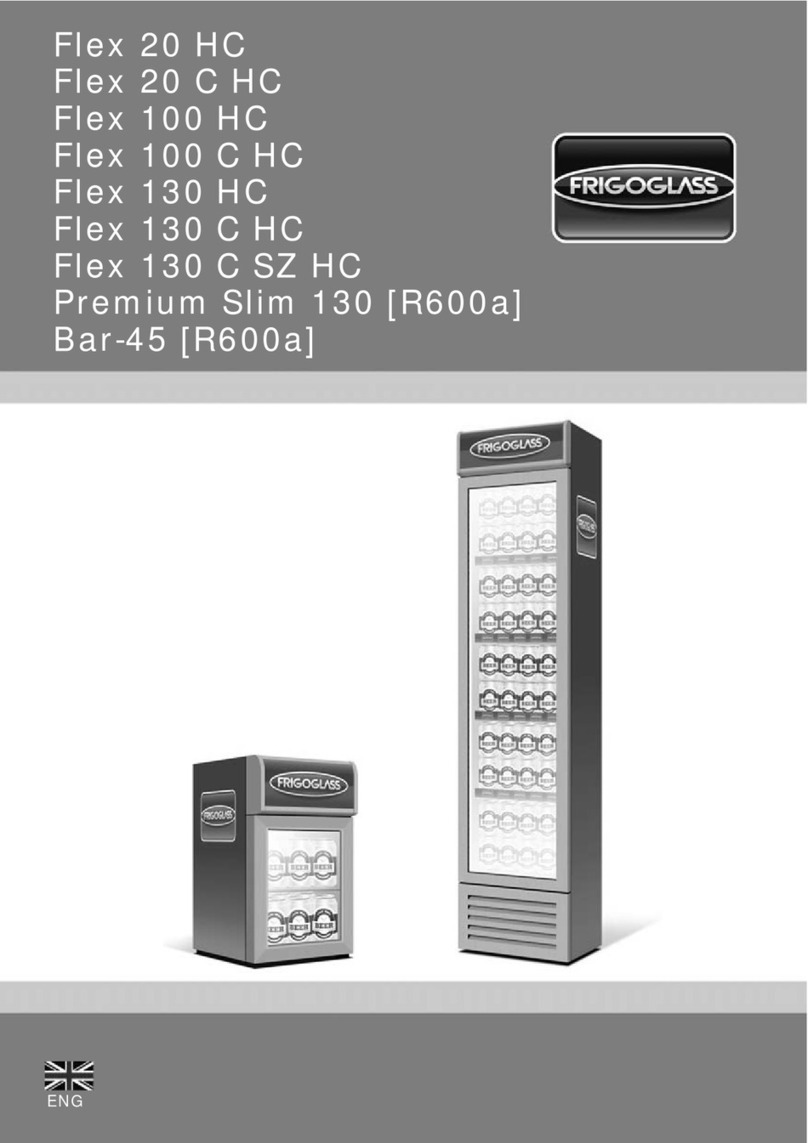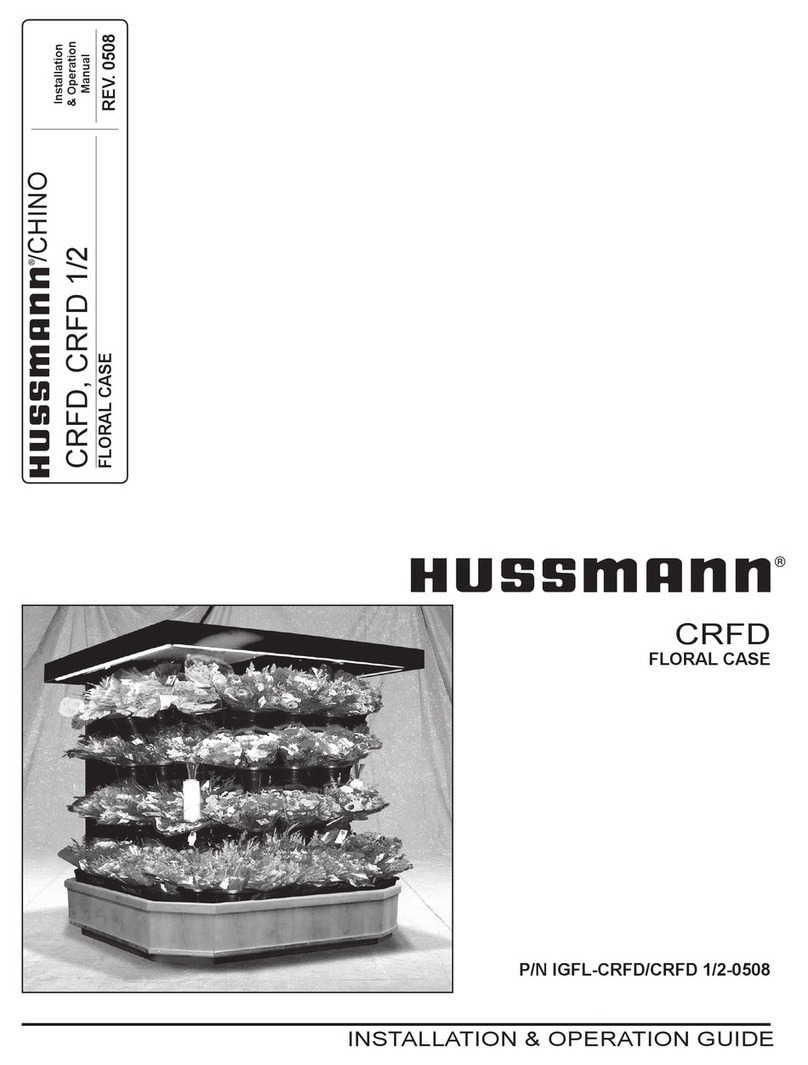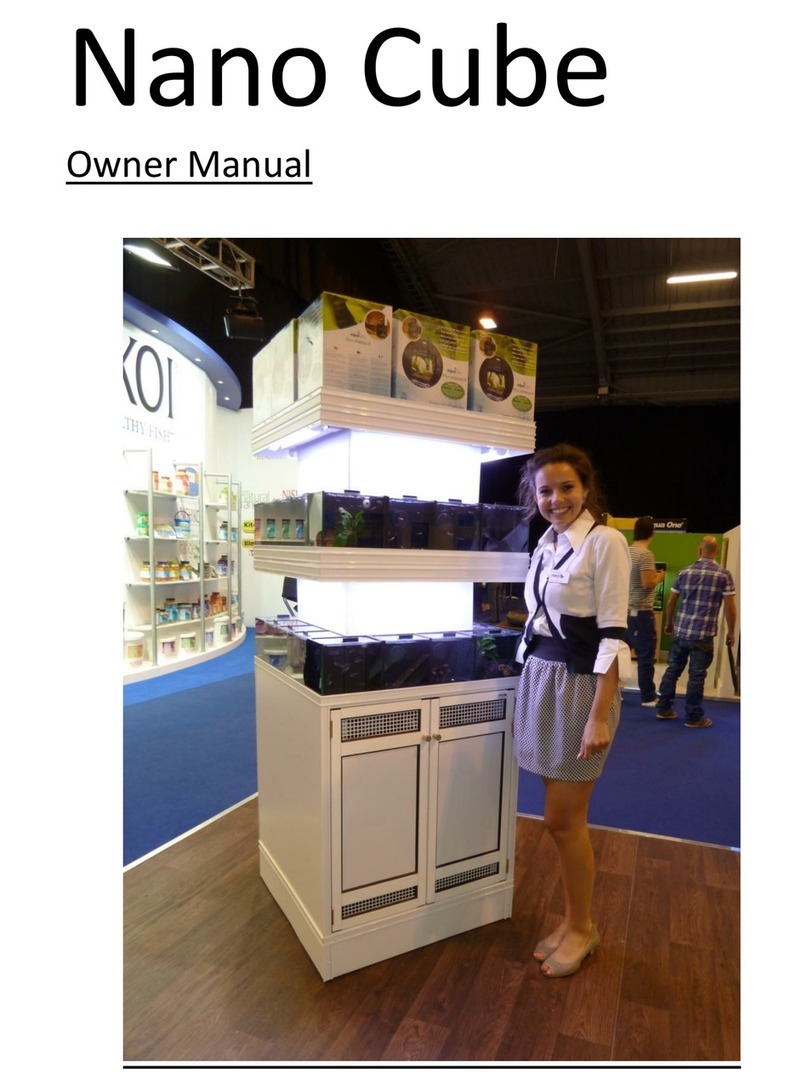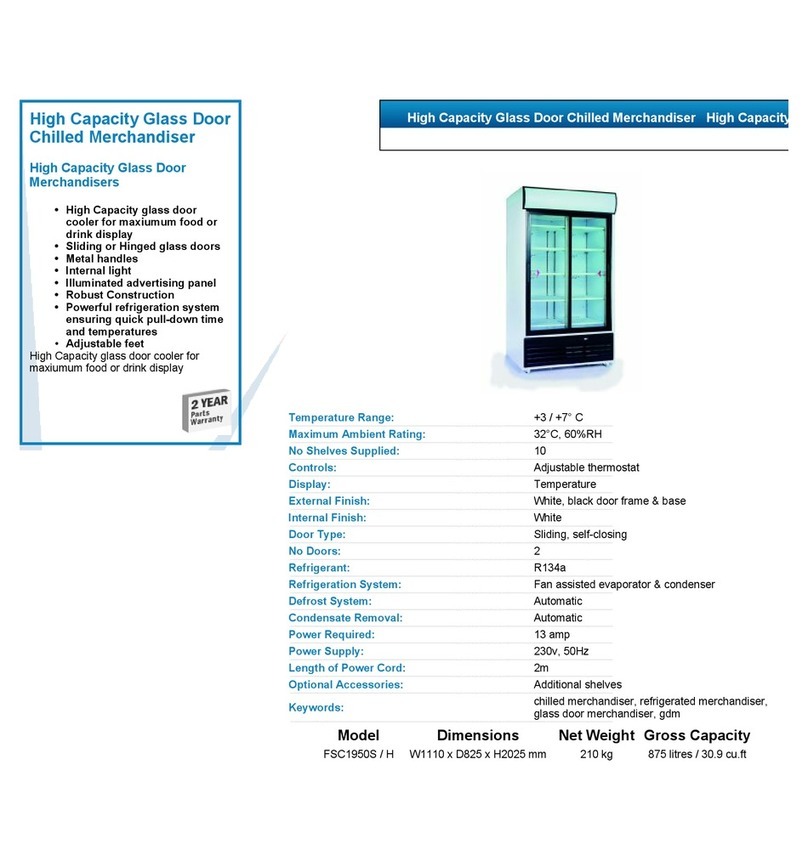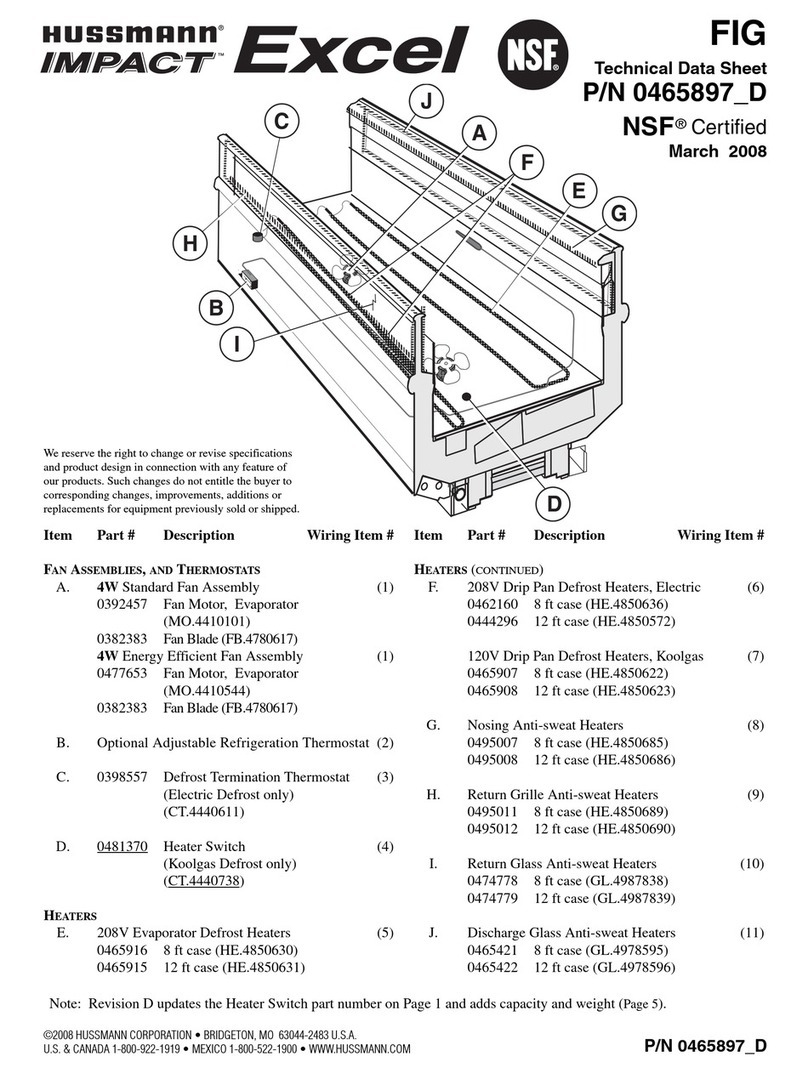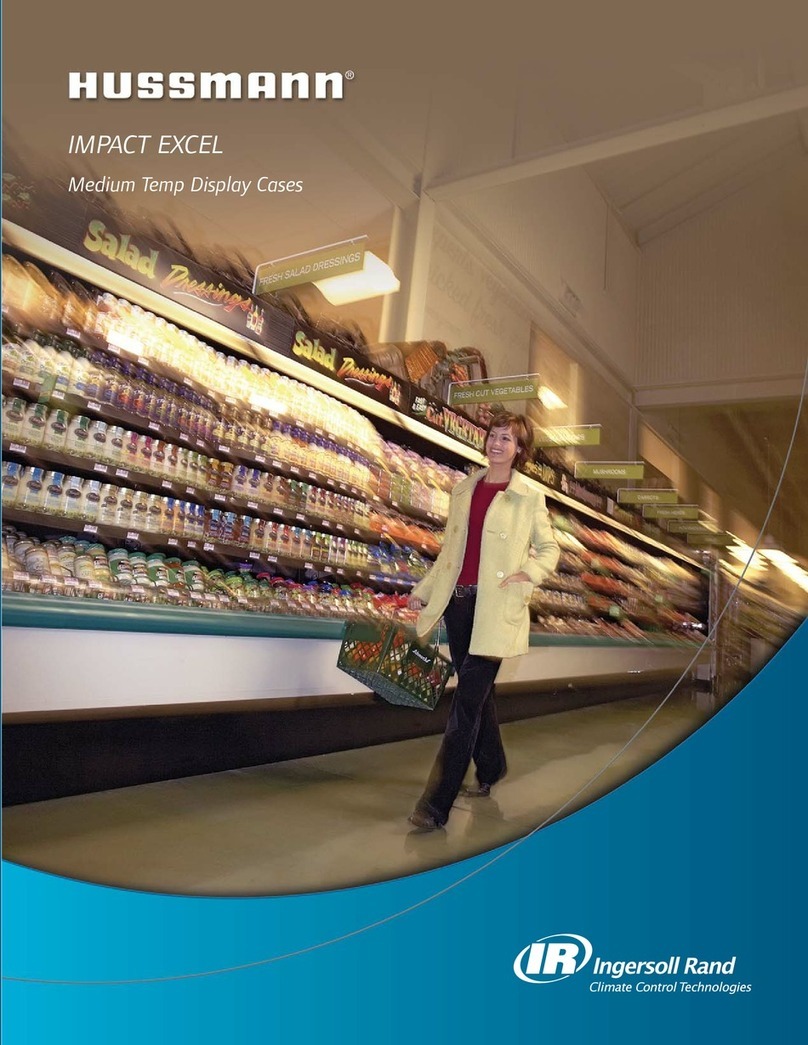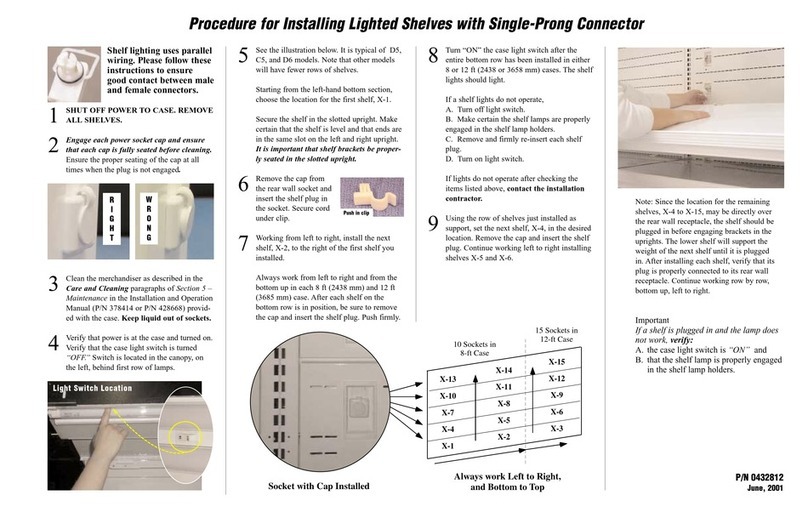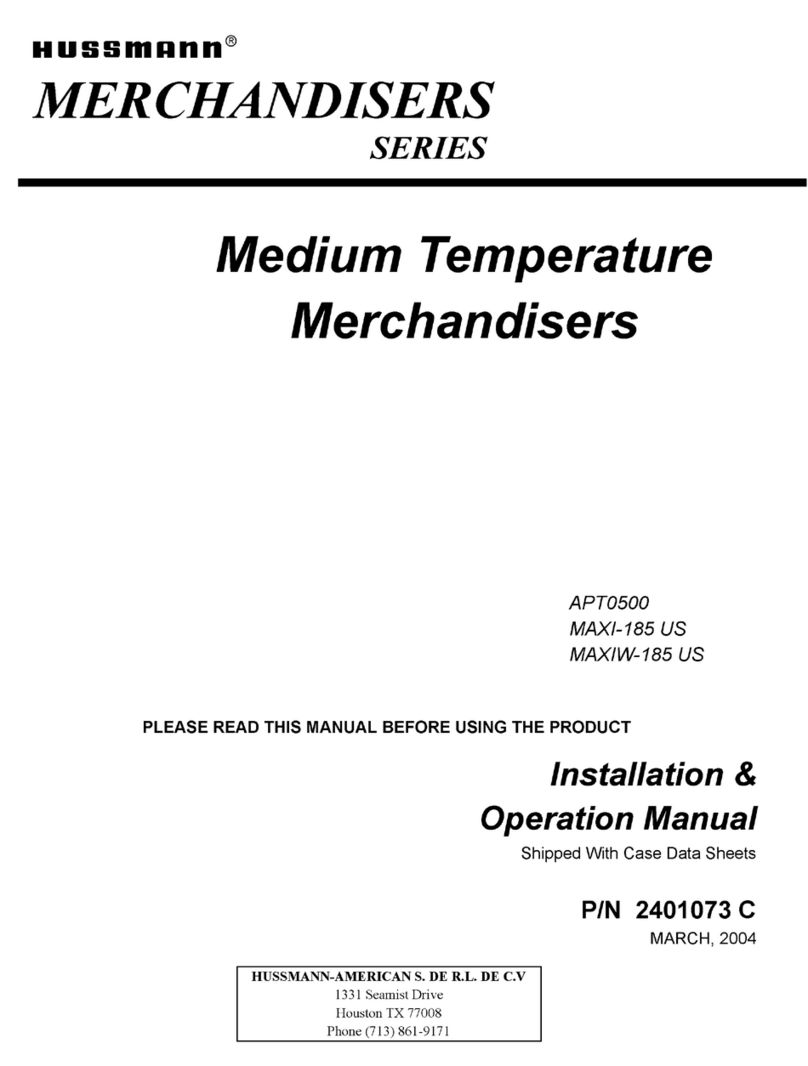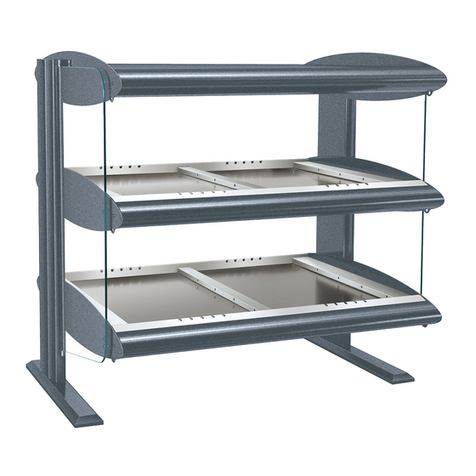General Hazar
d
s
All moving parts of the refrigerator are suitably guarded any repairs and
maintenance should only be carried out by a qualified professional
Electrical C
onn
ec
tion
This cabinet is supplied with a flexible power cable that has a molded
3 pin plug on the end. The plug needs to be accessible once the
equipment is placed in its final position. Do not overload the power
supply (see rating label inside cabinet for power supply and current
draw) should the plug require replacement please contact a qualified
electrician.
Unpacking
Leave all packaging in place until refrigerator is in its final position to avoid
damage. When the cabinet is in its final position, carefully remove all packaging
and check for damage. Any damage should be reported immediately to your
dealer. All packaging should be carefully disposed of and recycled where
possible.
In
sta
ll
a
tion
The cabinet is very easy to move around as it’s supplied on castors. If for any
reason the cabinet has to be laid down, it should always be laid on its back
and not its side or front to avoid damage. When lowering or raising the
cabinet extreme care should be taken as the casters can cause the
cabinet to slip away whilst lifting or lowering. A person should always
be standing at the base of the cabinet whilst it is being lowered or
raised. Cabinet should not be plugged in for at least 1 hour if it has
been laid down or tipped during installation.
This product must be placed on a level floor to ensure the automatic
door closing and correct draining of condensate. Once in final position
lock the two front castors by pushing down on the extended tab.
V
e
ntil
a
tion
For efficient operation of the cabinet, it is essential that adequate ventilation be provided
around the refrigeration unit. The maximum recommended ambient temperature (at
place of installation) is 43°C, although the cabinet will generally use less power when
installed in a cooler location. Refrigeration equipment generates a lot of heat. Therefore,
it is very important that the cabinet must be installed with sufficient space around it for
ventilation and for maintenance access. Ventilation grills must not be blocked, or even
partially blocked as this could affect the cabinet’s performance and life span.

